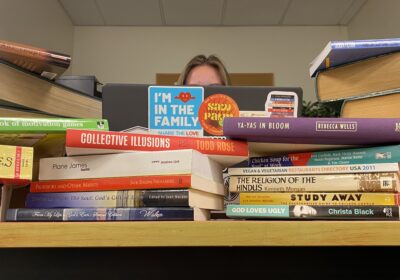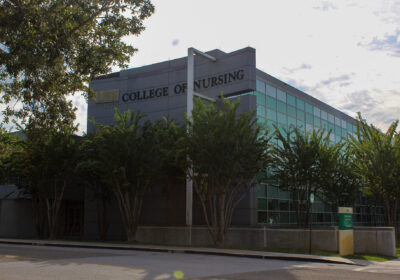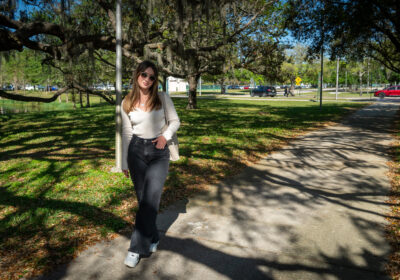Verdicts in Casey Anthony case are correct
When Casey Anthony was acquitted of first-degree murder charges relating to the death of her infant daughter, Caylee Anthony, in an Orlando courthouse Tuesday, jaws dropped.
When Casey Anthony was subsequently acquitted of charges of aggravated child abuse and aggravated manslaughter of a child, they dropped even further.
Justice was served in that 23rd floor courtroom Tuesday, even if it unfortunately did nothing to ease the pain and outrage relating to the death of young Caylee Anthony.
Swayed by Casey Anthony’s history as a compulsive liar, most members of the national media – including Nancy Grace – assumed she was guilty. It was Grace herself that made this case national news and convinced most of the country to agree with her. As Orange County Sheriff Jerry Demings pointed out after the conclusion, this was just one of 11 current infant homicide cases in his county alone, yet this was the only one that grabbed national headlines.
As harsh and uncomfortable as it may seem, the verdicts rendered in the case were proper based on the evidence presented.
The state of Florida’s prosecution team, led by attorneys Linda Drane Burdick and Jeff Ashton, failed to prove Casey Anthony was guilty beyond and excluding all reasonable doubts, as is required under Florida law. It is important to note that the burden of proof lies on the prosecution.
It was Florida’s job to prove beyond reasonable doubt that Casey Anthony intentionally and knowingly killed her daughter. The defense only had to poke holes in the prosecution’s story rather than prove an alternate theory.
The prosecution alleged that Casey Anthony killed her 2-year-old by making her breathe chloroform and then using three strips of duct tape to seal her nose and mouth, according to CNN. Yet the autopsy, performed by Orange County Medical Examiner Jan Garavaglia, was inconclusive and only trace amounts of chloroform were found in the trunk of Casey Anthony’s car – the only place it was ever found, according to CNN.
The prosecution could provide no evidence that their theory of death occurred, instead hoping the jury would make a leap of faith after computer search records showed that someone in the Anthony home had used Google to search for “chloroform” and “neck breaking.”
Without hard physical evidence, prosecutors relied on testimony regarding Casey Anthony’s reputation as a party-going drinker, even while the body of her deceased daughter lay in a laundry bag in the woods unreported for 31 days in 2008.
A public lack of remorse paired with an array of loose, circumstantial evidence should not have been enough to convict Casey Anthony or send her to death row.
Free from the influence of Grace and the national media, the jury made an informed decision, avoiding emotion and choosing not to take the leap of faith the prosecution needed to secure a conviction.
Michael Manganello is a junior majoring in international studies.






